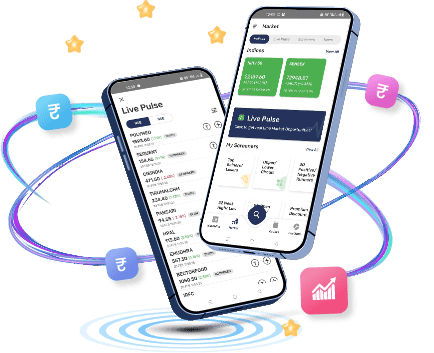Autoregressive (AR) models predict future numerical values based on historical data numbers within time. These models learn from the patterns in the history of a data series to get what comes next. Autoregressive or statistical models are generally used for time series analysis.
How it Works (Perspective from Data)
In an autoregressive model, the next value of any sequence is predicted by examining the past value of the sequence. For instance, if you want to attempt to forecast today’s temperature in that process, you have to analyse the temperatures of the past few days. The model leverages these historical data points to detect patterns and trends, generating informed forecasts about future values.
Applications
Autoregressive models have a wide range of applications:
- Economics: They can forecast economic indicators like GDP growth or unemployment rates by analyzing historical data.
- Finance: Investors use AR models to predict stock prices or market trends based on past performance.
- Weather Forecasting: Meteorologists apply these models by examining historical weather data to predict future weather conditions.
Limitations
Autoregressive models are powerful, but like any other model, they have some limitations. One major limitation of the autoregressive is it works on assumptions. Models assume that the underlying data is stationary. Which means its statistical properties do not change over time. Sometimes, sudden changes or trends in the data, such as a financial crisis or a major policy shift, can occur. In situations where there are sudden changes, AR models may struggle to provide accurate predictions.
Autoregressive models can be valuable for understanding and predicting time series data. While using these models, users should remember that model assumptions cannot be applied to real-world scenarios.

